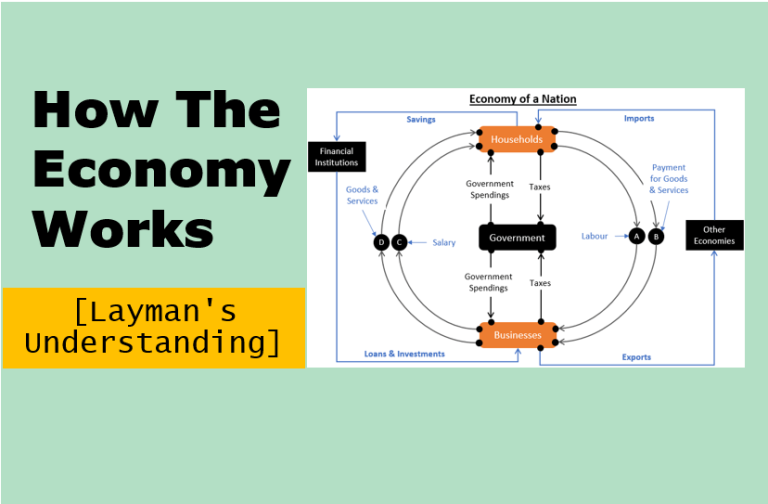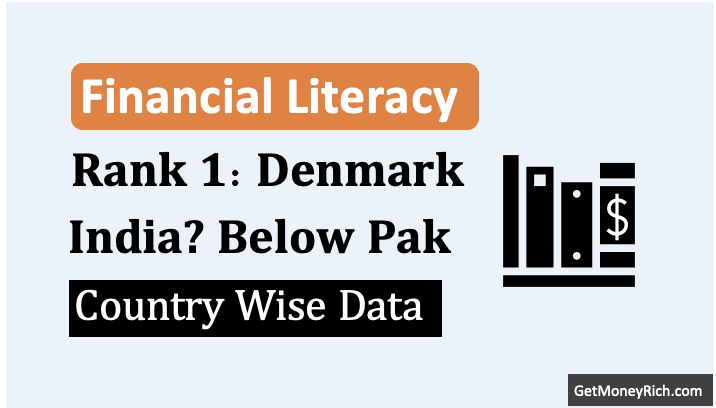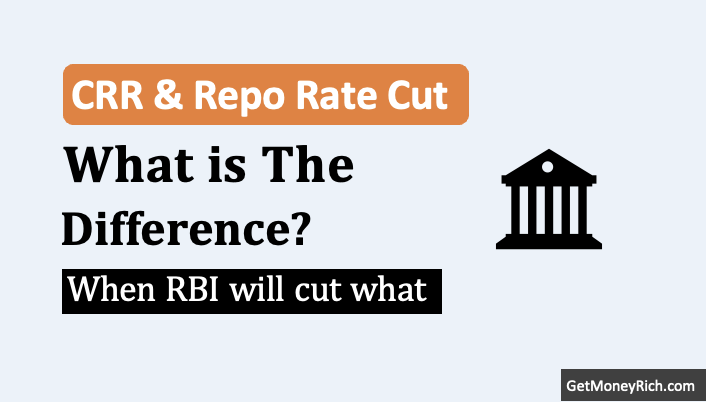Hi there, I’m back with another post. Today we’re diving into something that’s probably sitting in your parking lot right now, our humble two-wheeler. You might think it’s just a convenient way to get around, but trust me, the data related to it is much more important. The data on sales of bikes and scooters in India are a surprisingly an accurate barometer of our economic health.
Let’s say you are a 25-year-old starting your investment journey. You might be focused on stocks, mutual funds, and maybe some crypto.
But understanding the bigger picture of how the economy works is just as important. And, guess what? Two-wheeler sales give us a fantastic, ground-level view of that.
Why Should We Care About Two-Wheeler Sales?
Now, I know what you’re thinking: “Dude, it’s just scooters and bikes, why should I care?” Well, let me give you a few reasons.
We all know that our India is a two-wheeler nation. Unlike the US, where cars dominate, in India, two-wheelers are the primary mode of personal transport for millions. We’re talking about a massive market. Think of it, the sheer volume of the two-wheeler’s sales tells us a lot about how much disposable income people have. When people have a need, reasonable disposable income, and when they are also feeling confident about their financial future, they will buy a two-wheeler.
India is the world’s largest two-wheeler market. Pre-pandemic, we were talking about sales of over 20 million units annually. That’s a colossal number, higher than even that of China and Japan.
When two-wheeler sales are rising or falling, it has both a rural and an urban connection. Two-wheelers are not just an urban phenomenon in India. They are a critical part of the Indian rural life as well. Two-wheelers are used for everything from commuting to work to transporting goods.
Sales in rural areas can indicate the health of the agricultural sector. If farmers are doing well, you’ll see more bikes getting sold.
Two wheeler sales are also a discretionary spending Indicator. Buying a bike or scooter isn’t like buying groceries, it’s discretionary spending. When people feel financially secure, they are more likely to invest in a new vehicle. When they are uncertain, or their incomes are squeezed, these purchases tend to get delayed.
This makes two-wheeler sales a good ‘proxy’ for consumer sentiment.
The two-wheeler industry isn’t just about the bikes themselves. It involves a whole ecosystem, which includes auto component manufacturers, tire companies, dealerships, and even financing firms. Strong sales fuel growth in these related industries, creating jobs and contributing to the overall GDP.
Looking at the Numbers: What the Data Tells Us
Let’s dive into some data to give you a better idea.
In the years leading up to the pandemic (2016-2019), two-wheeler sales in India were booming. We saw robust growth, fueled by a growing middle class and improved financing options. As mentioned earlier, sales touched 20 million units annually. These numbers were closely correlated with overall economic growth.
Then came the COVID-19 pandemic (2020). Lockdowns hit the economy hard, and two-wheeler sales crashed. Demand fell sharply as people lost jobs and faced uncertainty. We saw a drop of nearly 20-30% in sales across the sector. That sharp drop was not just about people staying home, it also showed the depth of the economic shock we were all going through.
As things started to open up (2022) and the economy began to recover, so did two-wheeler sales. There was a pent-up demand and the easing of supply chains helped the sector. However, the recovery hasn’t been uniform and in some sectors it’s still not at the pre-pandemic levels.
Recent sales data of two-wheelers (of the last two quarters) are not encouraging. One of the major player in this space is Bajaj Auto. Bajaj Auto’s sales have significantly declined in Q2 and Q3 of 2024. Domestic two-wheeler sales plummeting by 19% year-on-year in December 2024. This downturn is attributed to weak demand for entry-level motorcycles. T festival season sales were disappointing. Though the companies made efforts to stimulate the market through discounts, it did not work. The company’s stock price has dropped nearly 31% since October 2024.
There is a pain in the economy, and the Q3 and Q4 sales trend confirms that there is indeed a correlation between two-wheeler sales and the broader Indian economy.
Two-wheeler sales serves as a barometer for consumer sentiment and purchasing power.
How I Observe The Two-Wheeler Market
Here’s my personal perspective, based on what I’ve seen and learned:
I always pay close attention to how rural India is doing. If the monsoon is good, and farm incomes are up, you’ll likely see two-wheeler sales picking up in these areas. It’s a good signal that the broader economy is doing well.
A significant portion of two-wheeler purchases are made through loans. Changes in lending rates or availability of financing can directly impact demand. So, it’s a good idea to monitor interest rate trends.
The electric vehicle revolution is slowly happening and this shift will have huge impact on the two wheeler sector in the next 5-10 years. Electric two-wheeler sales will change the landscape. The companies that can adapt to this will be the winners of the future. I personally am watching this space very keenly and expect a lot of action in the next 3-4 years.
As I said in the previous section, two-wheeler sales are a really good indicator of how consumers are feeling overall. Are they optimistic about their jobs and their finances? If the answer is yes, they are more likely to be out there buying new vehicles.
To judge how the Indian economy is doing, we generally look at the numbers like GDP, employment, etc. I think, for India not being a rich country, entry level two-wheeler sales can also give a fair indication of the trend of economic activity.
What Does This Mean for You, An Investor?
So, how can this information help you as a new investor?
Don’t limit your market analysis to just the popular sectors like IT or banking. Look for indicators that reflect the general well-being of the economy. Two-wheeler sales offer a nice ground-level perspective.
Understanding the big picture of the Indian economy (macro view) will help you make informed investment decisions. A sector like the two-wheeler industry is deeply intertwined with the overall economy. So, I think, observing its trends (micro view) is quite important.
Keep an eye on companies in the two-wheeler sector and its related industries (like Bajaj Auto, TVS Motors, etc). When the economy is doing well, these companies tend to do well too. Do your due diligence and maybe there are potential investment opportunities here.
Most important, we cannot put all our eggs in one basket. Understanding different sectors like this can help us diversify our portfolio better. Diversification is an uncompromising requirement of building a robust stock portfolio.
Conclusion
Two-wheeler sales might seem mundane, but in reality, they’re a powerful signal of the Indian economy’s health.
They reflect consumer confidence, rural prosperity, and the overall vibrancy of our economic activity.
So next time you see a bustling showroom, remember, those bikes and scooters represent more than just personal transportation. They represent the wheels of our economy turning.
If you found this article useful, please share it with fellow investors or leave your thoughts in the comments below!
Have a happy investing.






